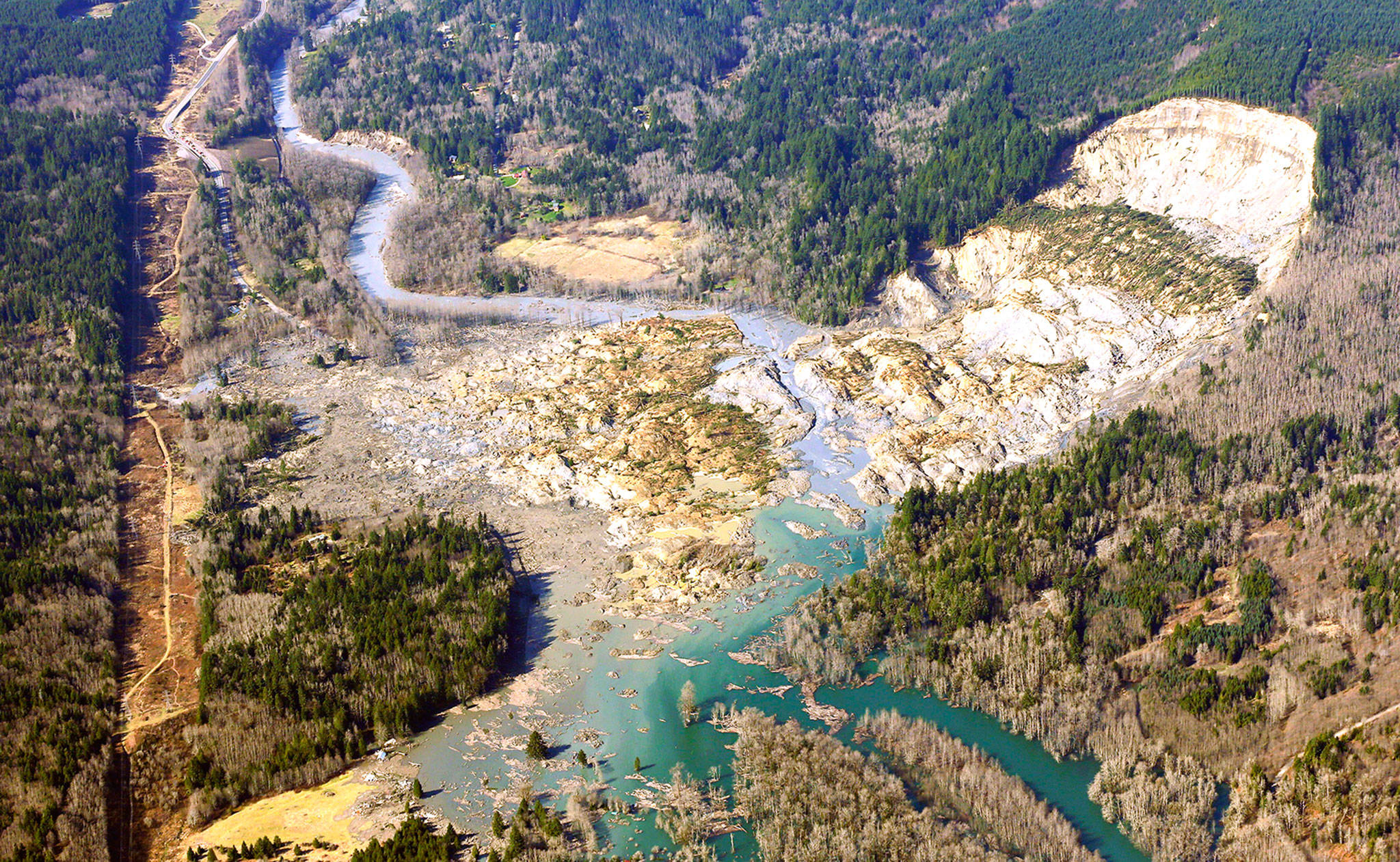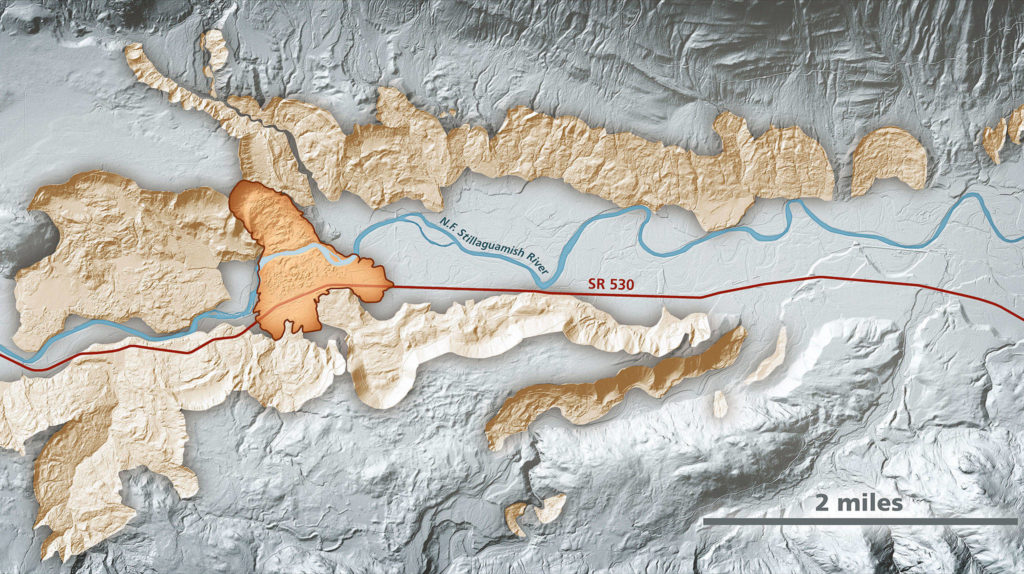By Hilary Franz
For The Herald
Five years ago on March 22, a massive landslide swept through the Stillaguamish River Valley. Tragically, 43 Washingtonians were taken too soon. Thousands of family and friends were forever affected.
Few events have devastated our state like the Oso landslide.
When I was elected Commissioner of Public Lands in 2016, the pain and impact of Oso was still palpable at the Department of Natural Resources, the agency I lead, and in many ways still is. Hundreds of DNR employees were among the first responders, and they will always carry the memories of that fateful day and the following weeks of recovery efforts.
We live on a dynamic and often unforgiving landscape. Whether it’s leading our state’s wildfire team or responding to disasters like floods, I am cognizant every day that we deal with matters of life or death. The work we do has serious consequences, and it keeps me up at night.
My commitment to the people of Washington, first and foremost, is to do everything I can to keep them safe.
While there is no way to make up for what we lost at Oso, it serves as a reminder that we must never be complacent.
As a state, we have made significant changes to ensure our work is focused on protecting communities and that people have the information they need to protect their homes and families.
To start, we’ve increased our understanding of how and where landslides happen. DNR has added seven geologists to identify and respond to landslides. Prior to Oso, we only had one.
We have surveyed more than half the state with high-quality lidar, which uses laser light to give us a look at the landforms. This has allowed us to map 7,600 landslides over 6,000 square miles.
This is vital, because the No. 1 predictor of where landslides are going to happen is where landslides have occurred.
To date, we’ve mapped landslides in King and Pierce counties and the Columbia Gorge. DNR is now finishing inventories for Whatcom County and will soon begin mapping Snohomish County. Over the next few years we will have detailed landslide maps of every county in the state.
DNR is also making concerted efforts to get people the information they need. We created a Homeowners Guide to Landslides to help people better understand landslide risks and identify the warning signs of a landslide near their home.
Hiring more geologists, collecting high-quality lidar data, and mapping landslides were recommendations laid out by the SR530 Landslide Commission, and I want to thank the commission for its serious, intensive look at how our state was unprepared for this disaster.
We’ve also gone further.
We’ve improved our disaster response system so that we can move more quickly when we have catastrophic events such as the Oso slide. For instance, during the Okanogan River’s flooding last spring, we immediately deployed a team of 300 to lay sandbags to protect communities along the river.
While there is no evidence of a link between logging and the landslide, it did prompt review and discussion of how DNR reviews timber harvests near potentially unstable slopes.
As a result, we’ve revised and improved the rules around logging on and near steep slopes. When it comes to allowing timber harvests, we need to make sure we have all the information we need to make decisions that ensure public safety. The stakes are simply too high.
We’ve almost tripled the number of compliance visits to active logging operations on or near potentially unstable slopes, from 97 in 2015, to 255 last year.
And we’ve got a lot more work to do.
That is why I am asking the Legislature for funding to add two road engineers to review timber harvests that include road work in or near potentially unstable areas.
Road construction can increase landslide risks, so it’s vital we have proper oversight.
Because there are parts of 18 other counties that have glacial geology similar to the Oso area, I’ve also asked the Legislature for $1.4 million to do a further study how these deep-seated glacial landslides happen.
The more we can learn about how and why the Oso landslide happened, the better we can inform communities and improve their ability to plan for these hazards. The people of Washington deserve no less.
Time passes and wounds heal. But we will never forget the tragedy of the friends, family and neighbors we lost and the courage of those who rushed to help their neighbors in need. Five years later, galvanized by the spirit of “Oso Strong,” we continue our work to make Washington resilient, prosperous and safe.
Hilary Franz is the state Commissioner of Public Lands and leads the state Department of Natural Resources.
Talk to us
> Give us your news tips.
> Send us a letter to the editor.
> More Herald contact information.


























